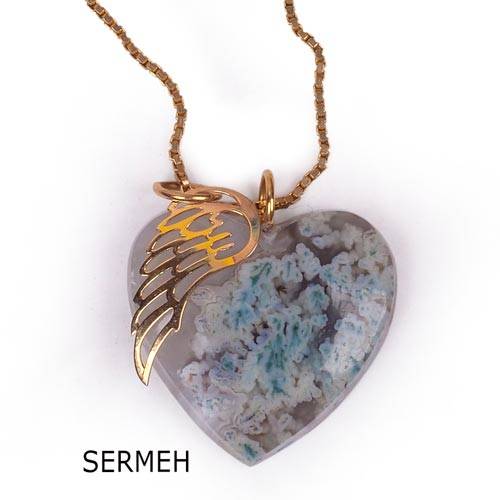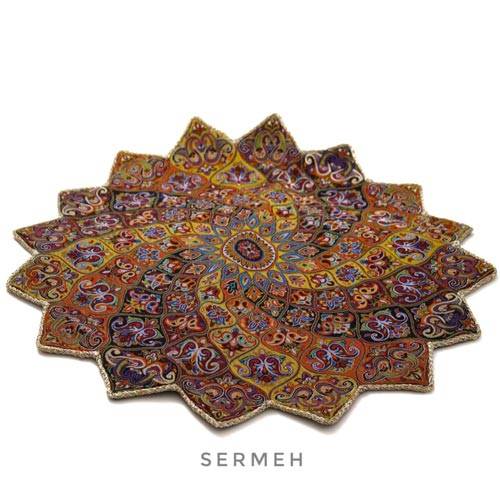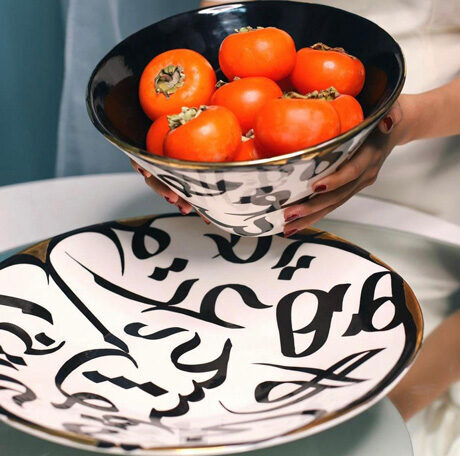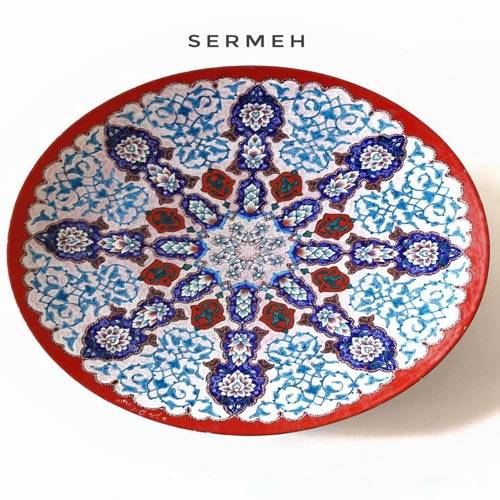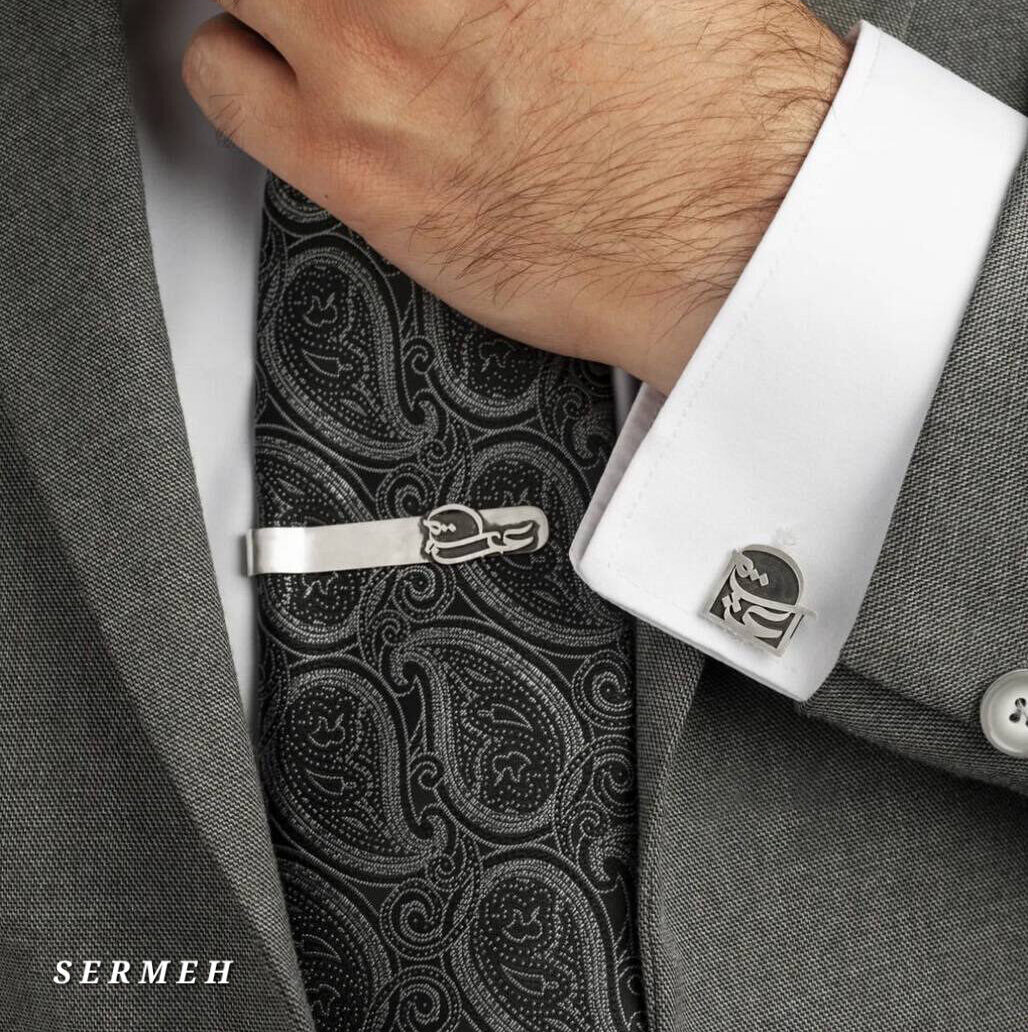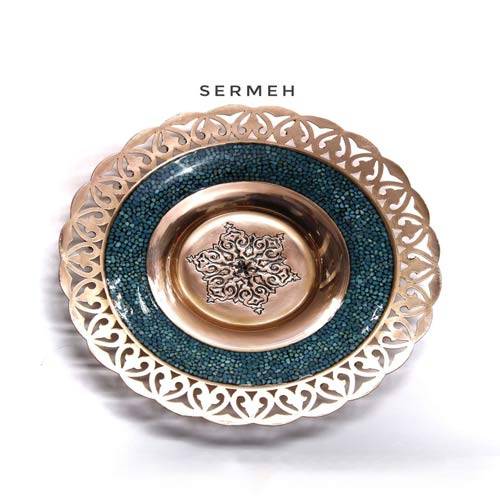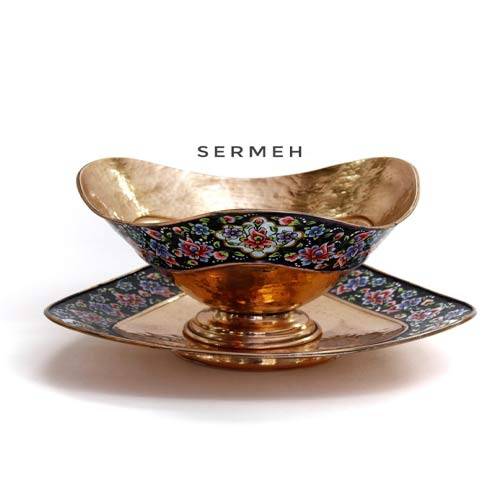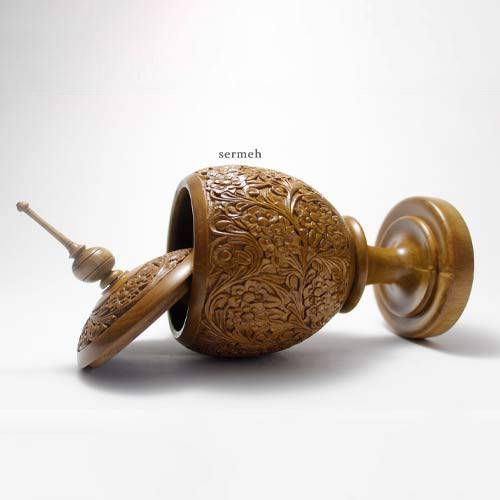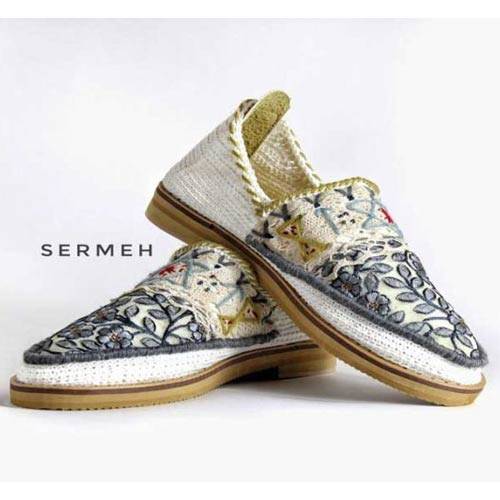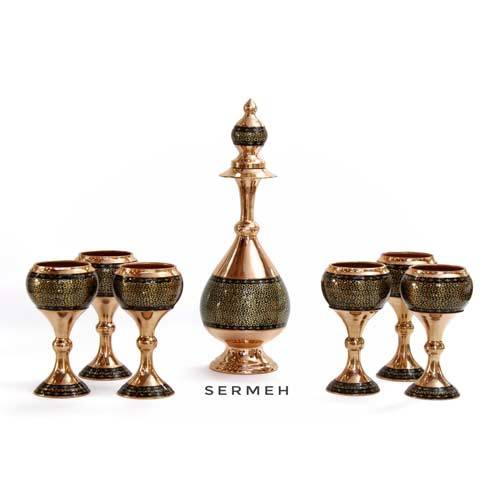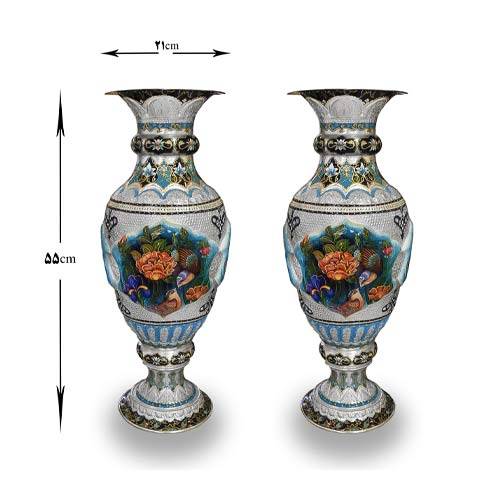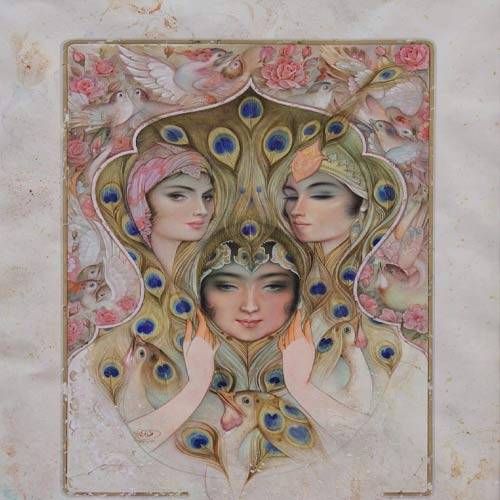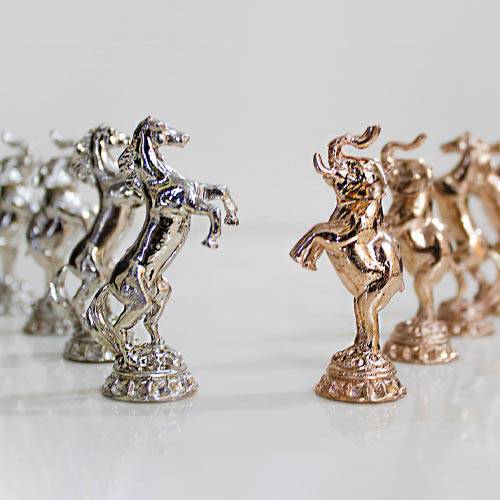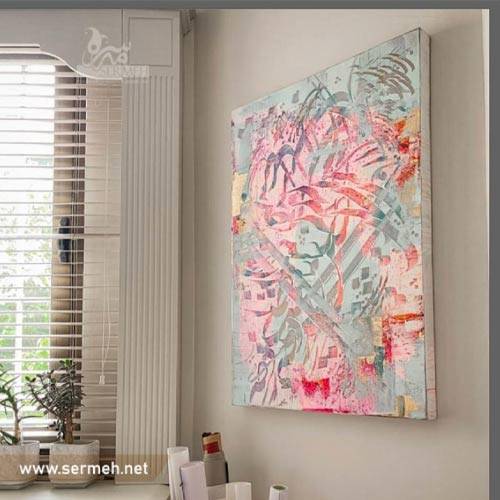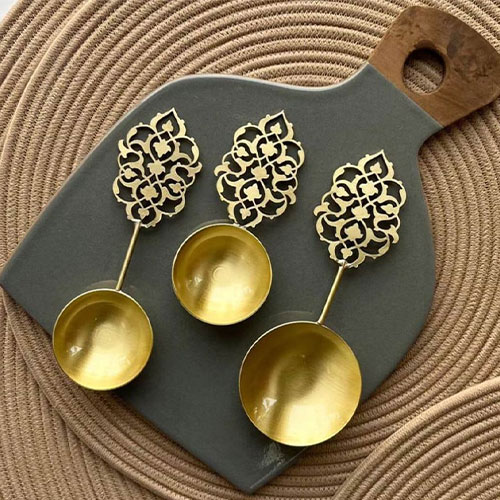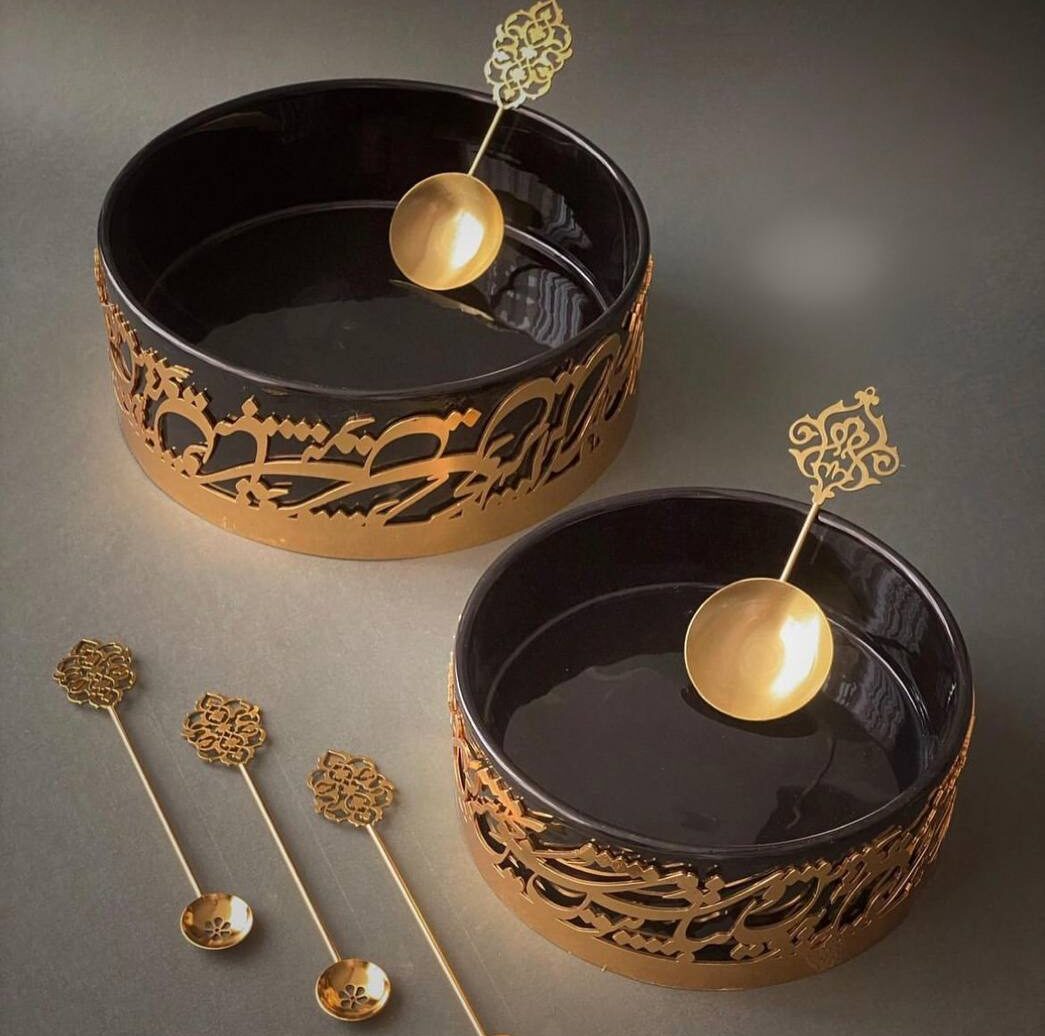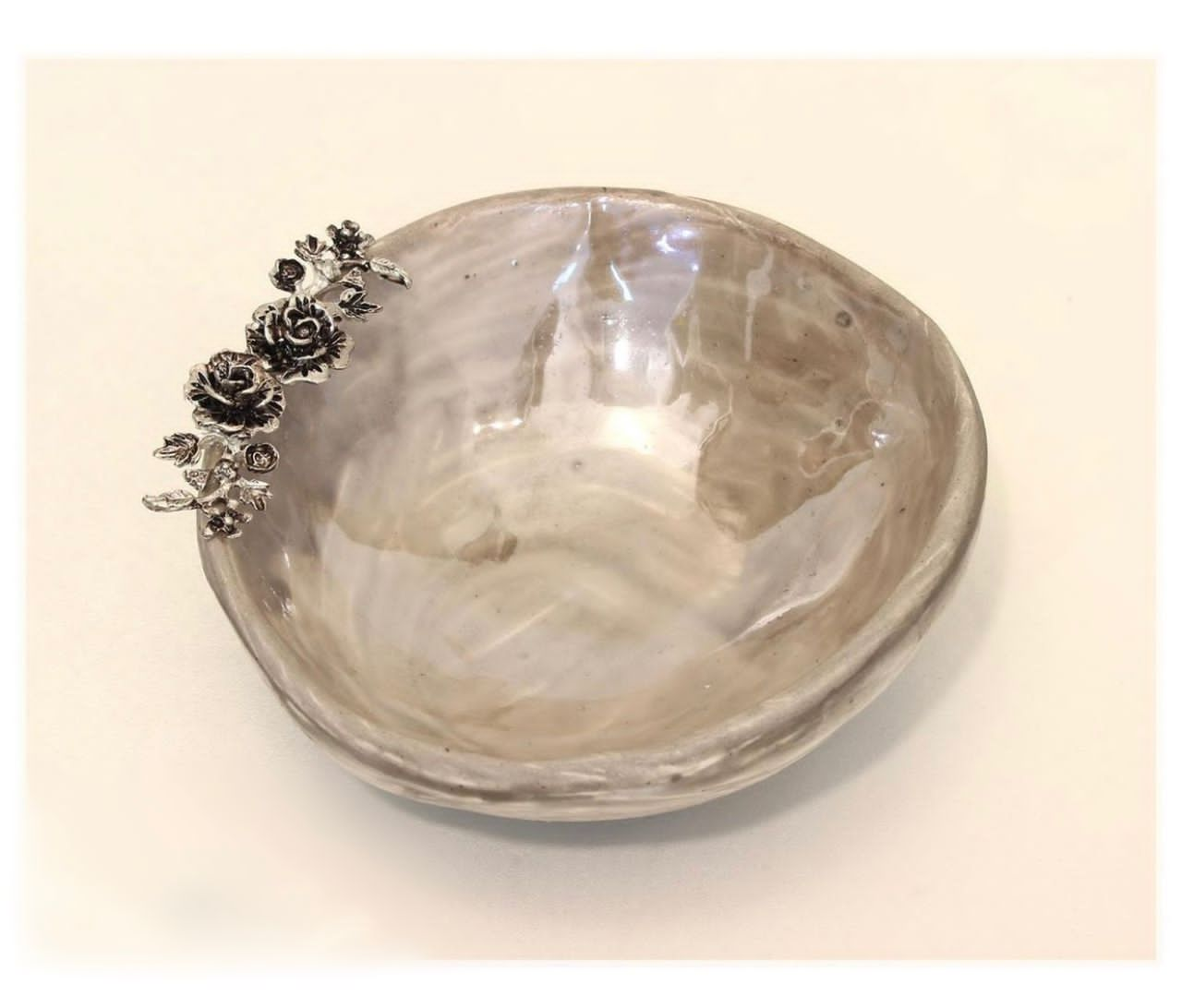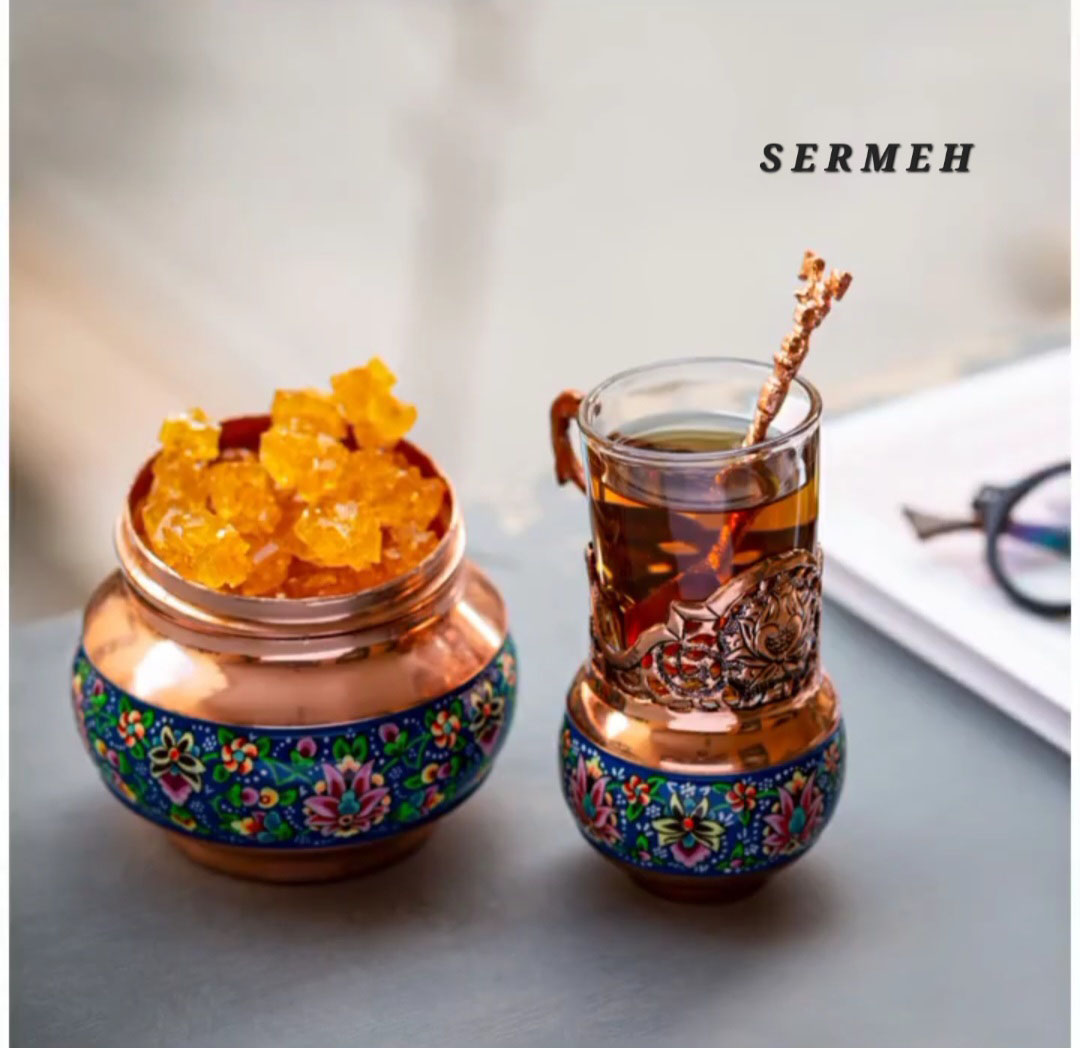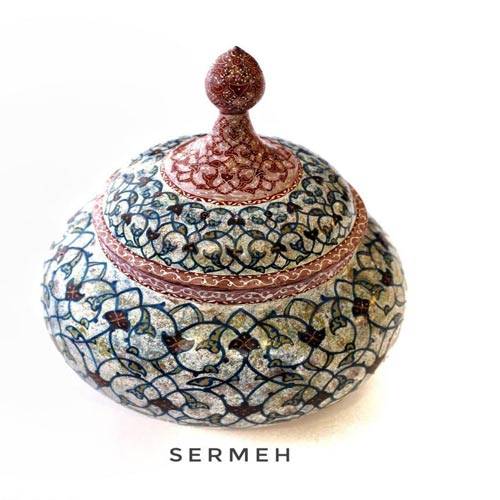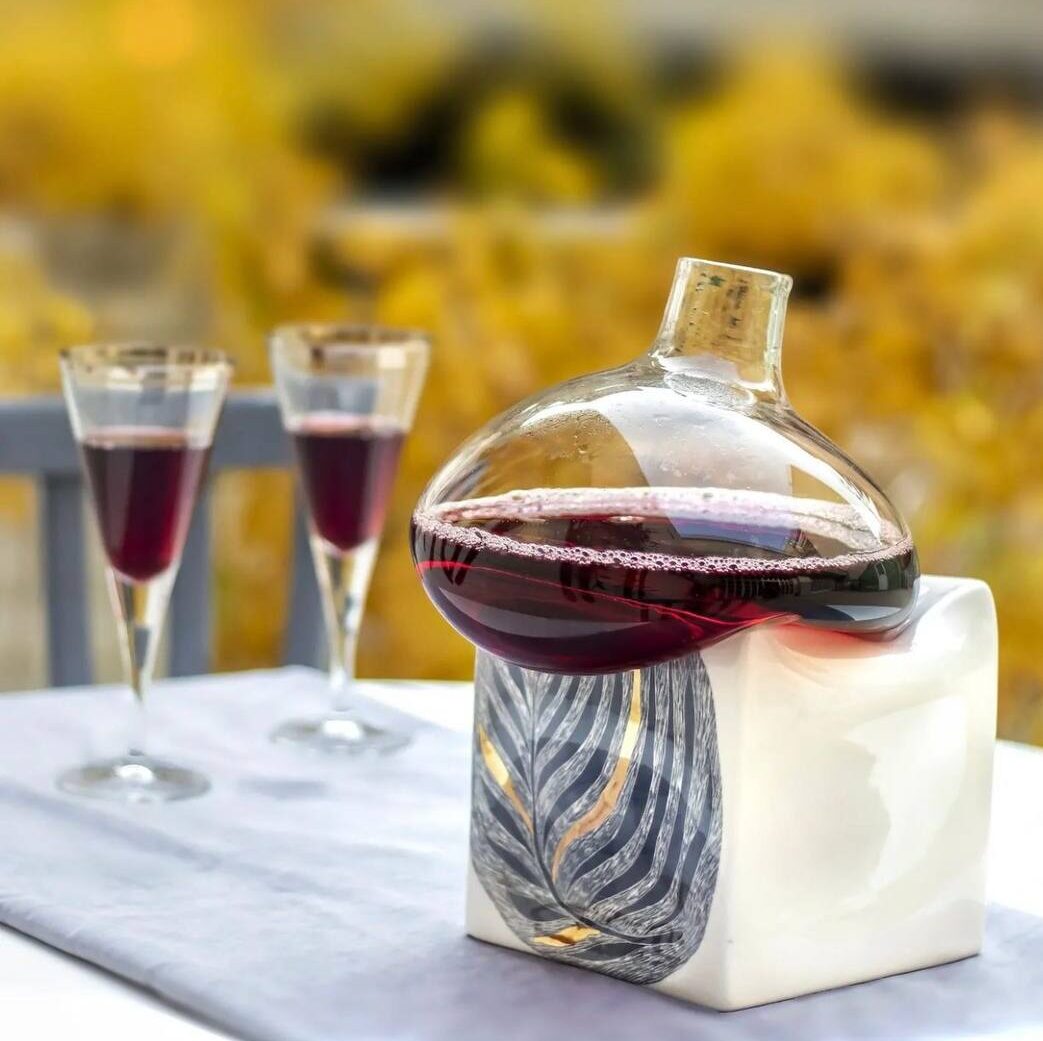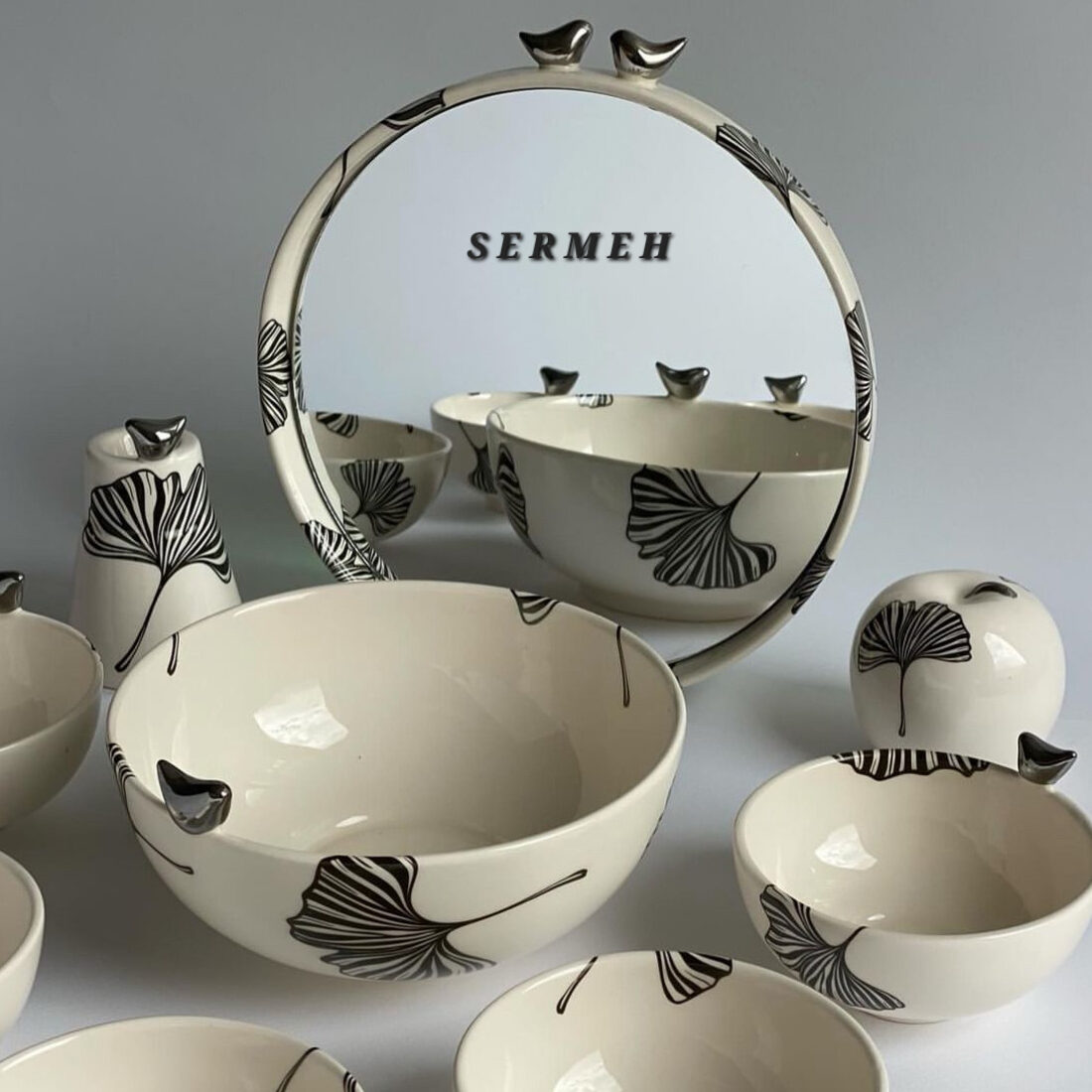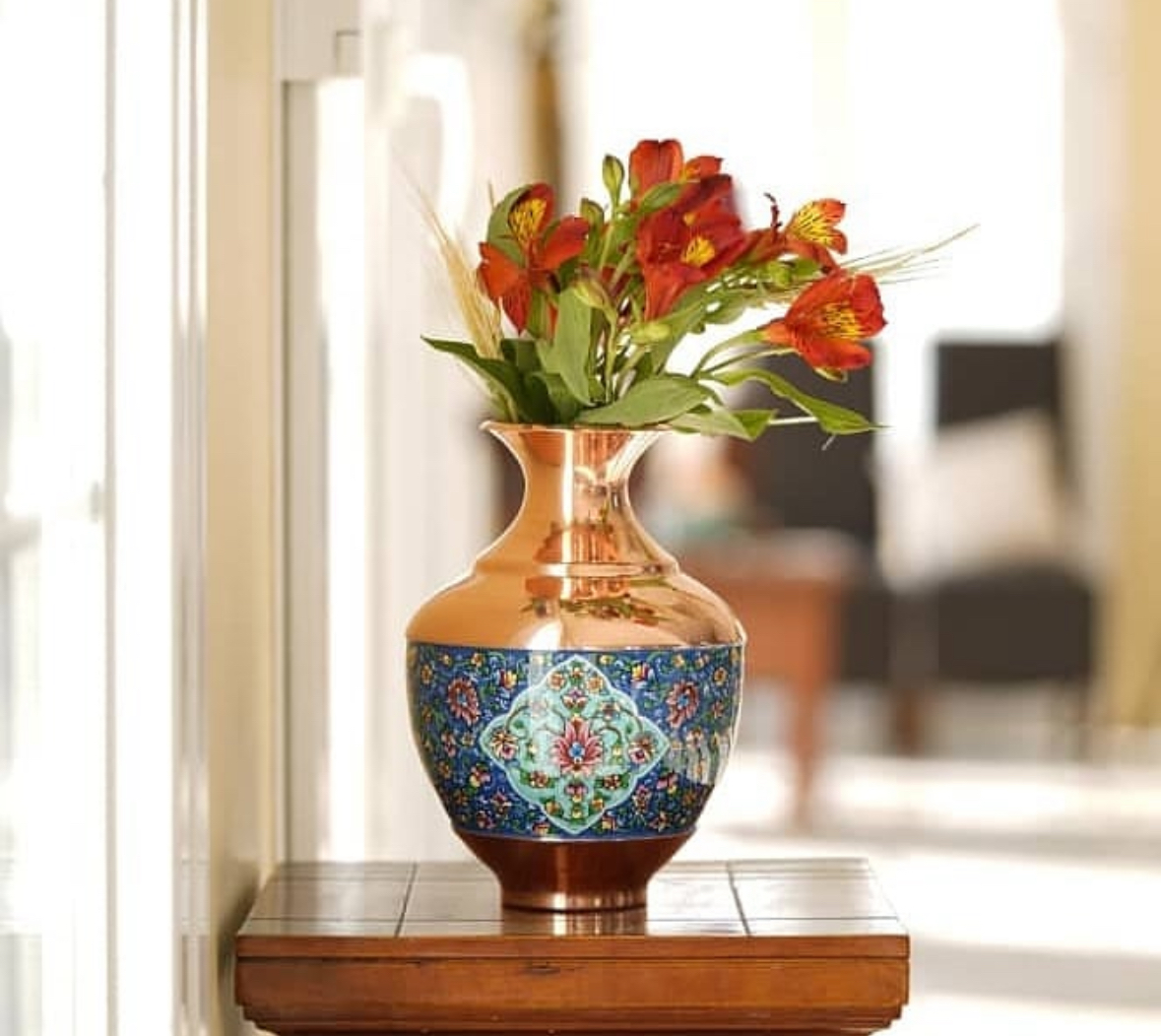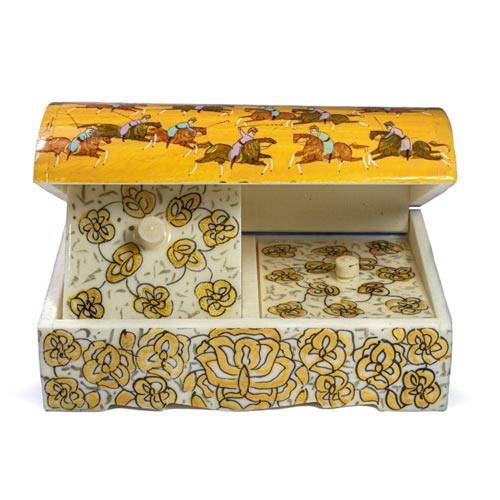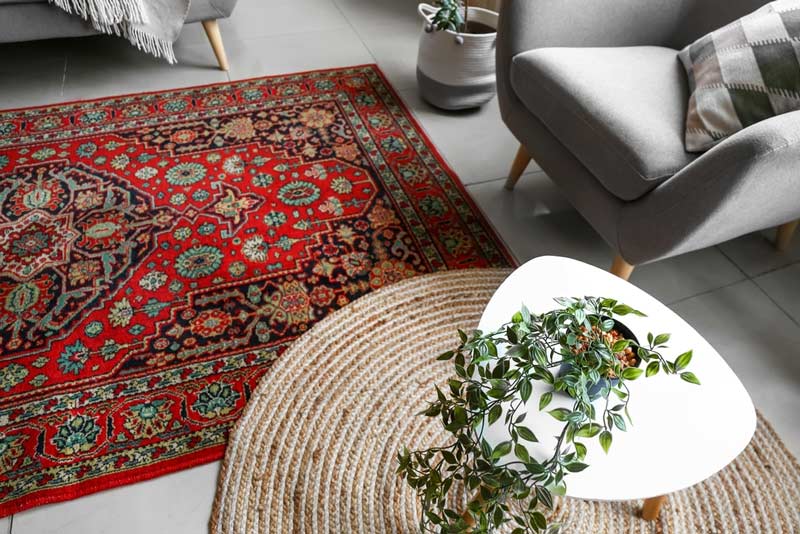history of Persian carpets
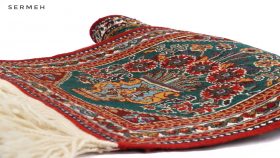
Greek historians have mentioned in their books that Iranians spread carpets under their beds to make their beds soft. Suisse’s Chinese calendar in the Sassanid period mentions Iranian woolen carpet as an imported product to China. The famous Baharestan carpet in Tisphon’s Palace has also had a wide reflection in Islamic literature due to its stunning beauty.
Iranian carpets are very famous all over the world and it can be safely said that all developed countries use this carpet in their homes. The reason for the popularity of Iranian carpets can be pointed to its well-made and good quality, and on Iranian carpets, you can usually see very beautiful shapes and signs that are engraved on those carpets.
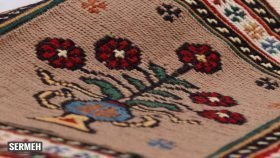
To recognize the Persian Carpet, one should pay attention to its design and map so that the most original and native designs are used.
Many designs are used in the weaving of Iranian carpets, each of which has its beauty. Shah Abbasi design, the design of ancient works and Islamic architecture, which is inspired by the motifs and decorative shapes of buildings, Islami design, Afshan design, Betejjah design, Vagira design, tree design, Turkmen design, Shikargah design, Gol Farang design, frame design, vase design, entwined fish design, mihrabi design, mahramat design, geometric design, tribal and nomadic design, integrated design and adapted design are among the designs that are used for the weaving of authentic Iranian carpets.
Variations in Persian Carpet Design and color
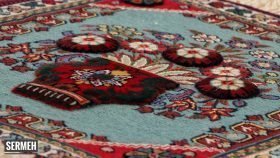
Iranian carpets have a lot of elegance in design and color, which is one of the beautiful elements in this handicraft. Iranian weavers always used natural dyes such as runas, chamomile flowers, grape leaves, pomegranate skin, walnut skin, sumac, saffron, beetroot, mulberry tree leaves, fig leaves, sparks, and indigo, so that these colors of higher quality were added to Iranian carpets over time. Give a beautiful effect.
It should be noted that the use of natural colors causes Iranian carpets to undergo the least color change over time and not lose their quality when exposed to sunlight.
Authentic Iranian carpets, such as Pazirik and Sheikh Safi carpets, which are among the most masterpieces of Iranian carpets, despite being thousands of years old, still have transparency and high quality in design and color and have never been accused of being dull or ugly.
Fibers used in Iranian carpets
One of the most important methods that can be used to identify an Iranian carpet is to pay attention to the type of fibers used in the texture of the carpet, which can help you in identifying this issue. Due to its mountainous nature and green and fertile lands, Iran has always had a significant number of livestock that were used for various purposes.
One of the uses of these animals is to use their wool to weave the highest quality carpets in the world. Iranian artisan weavers always used the wool of their sheep to weave exquisite carpets and created the most masterpiece carpets with the least resources.
Silkworm breeding has always been popular in the central plateau of Iran and has even been exported to other regions. The use of the silk obtained from them greatly improved the texture of the original carpets and helped the artists in the weaving of the most beautiful carpets.
The naturalness of the fibers used in Iranian carpets has caused these carpets to be less damaged than their fellows over time, and with exemplary quality, they stand out everywhere in the world.
Persian Carpet Design, Zilo
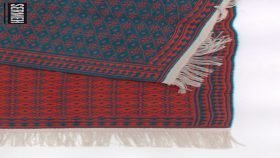
Zilo is very similar to a mat in pattern and texture, and like a mat, one of its uses is carpeting mosques and blessed places.
Experts believe that Zilobafi is an evolution of mat weaving. Anyway, Ziloo is one of the oldest human hand-woven fabrics, which dates back to before Islam. Based on the signs left in Maybod, we can trace the Zilubafi art to the 8th century AH.
The structure of zilo, the color, pattern, and inscriptions on it have distinguished this ancient handwoven from other traditional and even modern industrial handwoven.
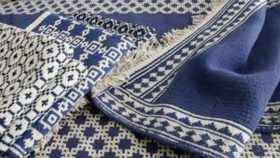
In the not-so-distant past, Yazd province had water-filled aqueducts, and because of this, cotton cultivation was very popular like other agricultural products; In such a way that its remains were well visible until the fifties. The cotton products of Yazd province were mostly domestically consumed, and if they were exported, they were mainly in the form of handwoven cotton such as Karbas, Zilo, Labafy products, and.
An important point is that the clothes produced in Yazd were also woven with cotton thread, and as it was pleasant to wear cotton clothes in the hot and dry summer air of the Yazd desert, sitting on a cotton cloth, in ropes and under The windy coolness, pleasant freshness and of course it had many benefits.
Zilu was one of the most important handicrafts of Yazd province, where all the stages of its production were done locally and its raw materials were available in the region.
Cotton thread, which is the raw material and basis of production, was produced in the past with the help of spinning wheels. After spinning, the cotton was turned into coils and used for Zilo yarn and weft. This thread was called Hari, Shalit, or official thread in the local language. Zilui, which was woven with official yarn, had great strength and its elegance depended on the quality of the spinning stage and of course the precision in the texture.
Unlike other carpets produced in Iran, Zilo has a small variety of colors. Although the number of colors that are used separately in the zillos is significant, each carpet alone usually has two colors; Such as green, orange, blue, white, maroon, white, flower, white, brown, white, crimson, white and flower, blue.
This simplicity and simplicity has made Zillow harmonize with the architecture of the place it furnished. Especially the loss of the mosque, whose blue and white color is a perfect match with the color of the turquoise tiles and the color of the brickwork and plastering. Many of the Zilo patterns have also been influenced by the patterns of brickwork and tiling of mosques.
The colors used in Zillow are also prepared in the region, just like other materials. The raw materials of those colors were generally Ronas (for the colors of the red spectrum), indigo (for the colors of the blue spectrum), and walnut skin (for the colors of the brown spectrum).
These colors, which were of vegetable origin, were stable and showed great resistance to sunlight and washing. As mentioned, the old ZILOS are unfortunately kept in the worst possible conditions; However, after several centuries, they still retain their color.

